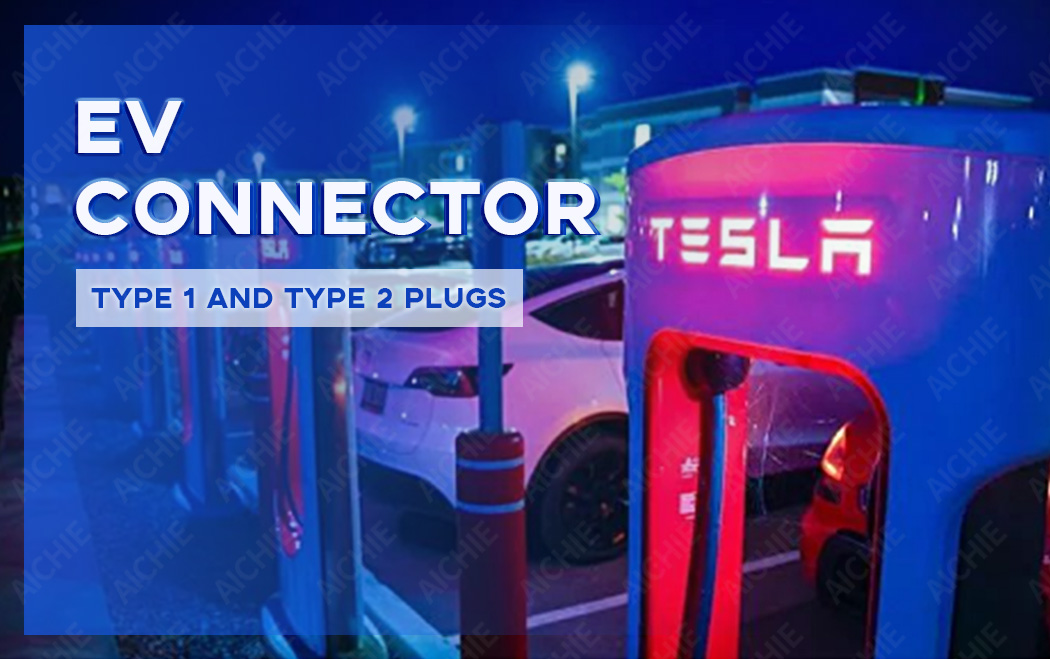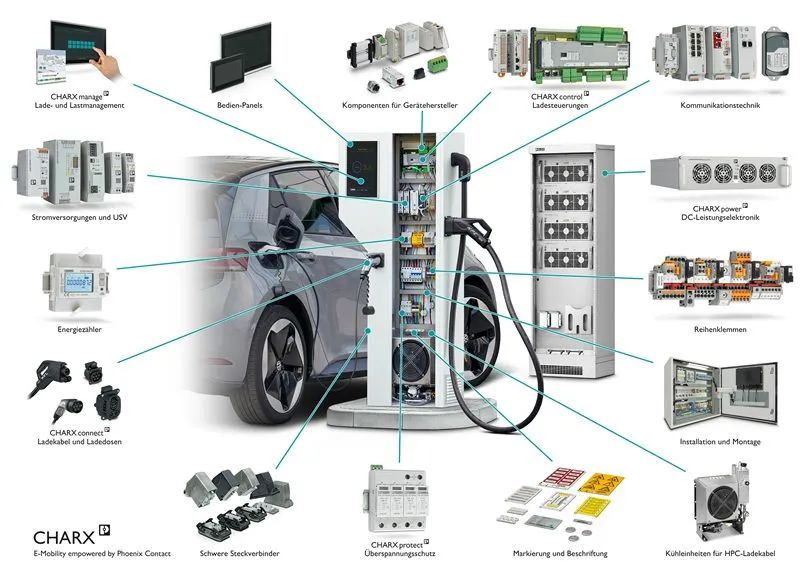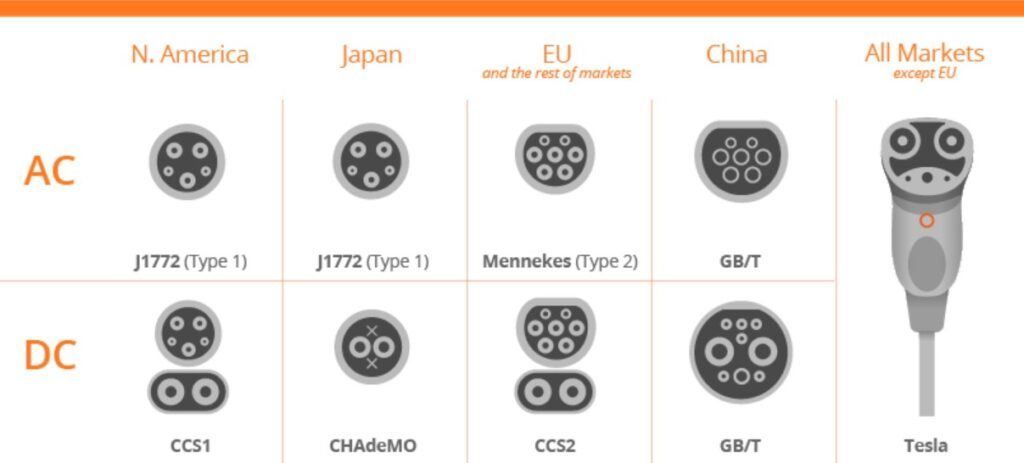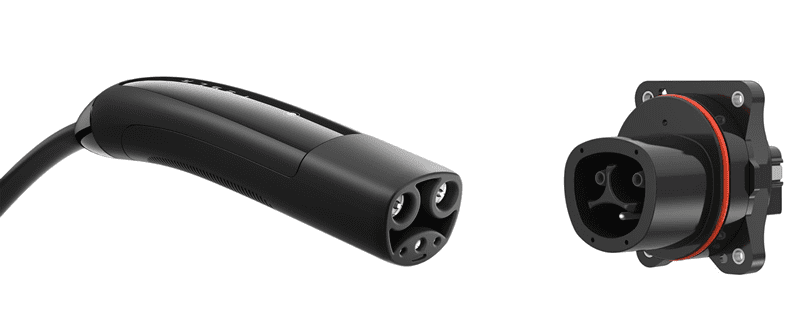The NACS interface is currently leading the global competition, simplifying the EV charging process and putting a single standard in focus for the future.

Us automakers Ford and General Motors will adopt Tesla's North American Charging Standard (NACS) charging connector as the preferred interface for their upcoming EV models. In the days following GM's June 2023 announcement, a sizable number of charging station companies, including Tritium, and other automakers, including Volvo, Rivian, and Mercedes-Benz, quickly announced their intention to follow suit. Hyundai is also studying the possibility of making changes. This shift will make the Tesla EV connector the standard for electric vehicle charging in North America and beyond. At present, many connector companies offer a variety of interfaces to meet the needs of different automotive manufacturers OEM and regional markets.
Tesla's NACS EV connector

One complicating factor in the widespread adoption of electric vehicles is the lack of a unified EV charging connector. Just as the adoption of Type-C USB connectors has simplified the future of device charging, a universal interface for car charging will enable seamless vehicle charging. Currently, electric vehicle owners must plan to charge at a specific charging station, or use an adapter to charge at an incompatible charging station. In the future, using the Tesla NACS standard, drivers of all electric vehicles will be able to charge at each stop during their journey without using an adapter. Older electric cars and other types of charging ports will be able to connect using Tesla's Magic Dock adapter. However, NACS is not used in Europe, not even by Tesla. Charging infrastructure in Europe uses the CCS T2 standard. Tesla charging stations can also be charged using CCS T2 or European Tesla connectors."
Current charging standards
Depending on the region and vehicle manufacturer, the wiring harness world also lists a range of electric vehicle charging connectors currently in use. Cars designed for AC charging use Type 1 and type 2 plugs. Type 1 includes SAE J1772 (J-plug). It has a charging speed of up to 7.4 kW. Type 2 includes the Mennekes or IEC 62196 standard (made in 2018) for European and Asian vehicles and is known as SAE J3068 in North America. It is a three-phase plug with a charging power of up to 43 kW.

Electric vehicle charging gun standard
For faster DC charging, use a combined charging system or CCS. This interface adds two high-speed DC fast charging pins to the J1722 Type 1 plug. The CCS2 version is widely used in Australia. The CCS connector provides 500 amps and 1000 volts DC at 350 kW (kW).
The national standard GB/T 20234.2-2015 for electric vehicles in China is another electric vehicle charging connector that offers AC and DC configurations. In Japan, near-traditional CHAdeMo connectors are still used.

Tesla NACS EV charging connector
The advantages of the Tesla NACS
Tesla provided NACS design and specification documents to other automakers in November 2022, saying the Tesla NACS connector is "the most mature connector in North America, offering AC charging and up to 1 MW of DC charging in a slim package." It has no moving parts and is half the size of a CCS connector, but twice the power. NACS uses a five-pin layout. The same two main pins are used for AC charging and DC fast charging. The other three pins provide similar functionality to the three pins in the SAE J1772 connector. Some users find the NACS design easier to use.
The use of charging stations is a key advantage. Tesla's Supercharger network is the largest and most mature electric vehicle charging network in the world, with more than 45,000 charging stations that can be charged in less than 15 minutes for a 500km journey. Tesla is opening this network to other vehicles, making it easier to charge electric vehicles closer to home and on longer journeys.
At the same time, electric vehicles will continue to develop and penetrate all automotive sectors, especially in the field of utility vehicles, agriculture and heavy construction machinery, requiring higher charging power than today. This will require the establishment of additional charging standards, such as MCS (Megawatt Charging System).
Continuous improvement
Choosing a unified charging interface does not mean that NACS connector technology has been determined. Interconnect companies should continue to refine design elements, including more advanced materials. Advanced materials are still the focus of research to achieve safer and more reliable lithium-ion battery packs, high-performance chargers, and lightweight battery casings.
The emerging advantage of NACS interfaces is a major development in the development of automotive technology. As EV charging technology continues to evolve, connector suppliers will continue to provide services for EV charging.